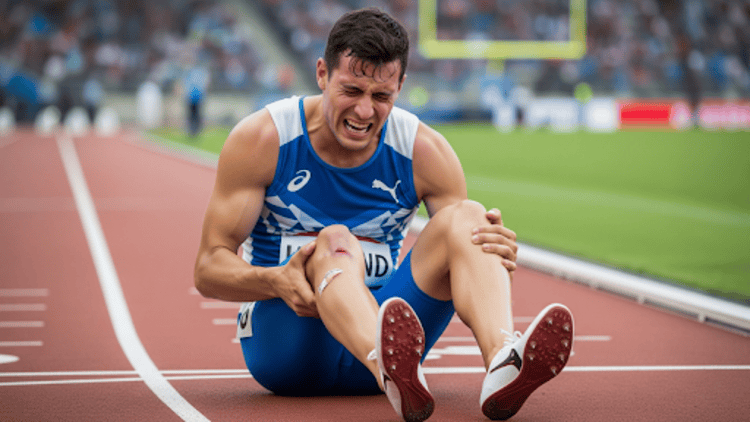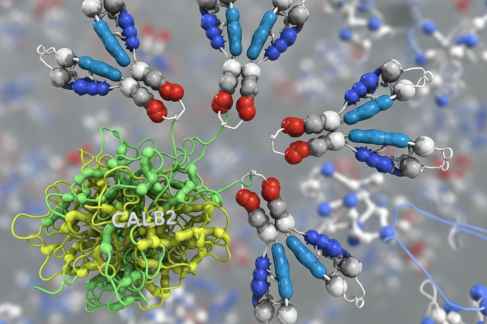Athletes, whether professional or recreational, constantly test their physical limits. From sprains and strains to joint misalignments, sports injuries are often part of the journey. While conventional medicine focuses on rest, medication, or surgery, osteopathic therapies take a different approach — one that views the body as an interconnected system. By restoring balance and mobility, osteopathic care not only accelerates recovery but also helps prevent future injuries.
Understanding Osteopathic Therapies
Osteopathic therapy is grounded in the belief that the body has an innate ability to heal itself when its structure and function are in harmony. Every muscle, joint, and ligament works together — so when one part is injured, others often compensate.
An osteopath uses hands-on techniques to gently manipulate and realign the musculoskeletal system. These include soft tissue stretching, joint mobilization, and myofascial release. The goal isn’t just to ease pain, but to restore the body’s natural movement patterns and circulation, setting the stage for true healing.
Reducing Pain and Inflammation Naturally
Pain and swelling are the body’s immediate responses to injury, but when they linger, they can slow recovery. Osteopathic techniques help improve blood and lymphatic flow, reducing inflammation and easing muscle tension.
By releasing tight fascia and improving joint alignment, osteopathic treatment encourages oxygen and nutrient delivery to injured tissues. This process not only relieves pain but also promotes faster repair.
For athletes dealing with sprained ankles, pulled hamstrings, or shoulder strains, this gentle, non-invasive approach offers relief without relying on painkillers or invasive procedures.
Restoring Mobility and Flexibility
Loss of motion is a common aftereffect of sports injuries. Osteopathic therapies focus on restoring natural flexibility by identifying and correcting restrictions in both injured and compensating areas.
For example, a knee injury might cause stiffness in the hips or lower back due to altered posture or gait. An osteopath treats these connected regions, helping the entire body move freely again.
Improved flexibility enhances performance and reduces the risk of re-injury — a major concern for athletes eager to return to training. By improving body mechanics, osteopathy ensures smoother, more efficient movement across all joints.
Enhancing the Body’s Healing Process
Unlike many conventional treatments that isolate the injury, osteopathic therapy supports whole-body recovery. By improving circulation and lymphatic drainage, it boosts the body’s natural healing response.
When tissues receive proper nutrients and waste is efficiently cleared, inflammation decreases and recovery speeds up.
In essence, osteopathy helps the body heal from within rather than simply masking symptoms. This makes it especially effective for chronic or recurring sports injuries that haven’t responded to traditional care alone.
Preventing Future Injuries
Osteopathy doesn’t just treat injuries — it helps prevent them. Through posture assessment, gait analysis, and muscle testing, osteopaths identify imbalances that could lead to future problems.
Athletes often develop subtle misalignments or muscle weaknesses from repetitive movements, which, over time, can turn into injuries. Osteopathic treatment corrects these early, enhancing coordination and stability.
Regular sessions can help athletes maintain peak performance by keeping the body aligned, flexible, and responsive. Many professionals now include osteopathic care as part of their ongoing conditioning routine to stay injury-free.
Complementing Other Rehabilitation Methods
Osteopathic therapies work well alongside physiotherapy, massage, or strength training. While physiotherapists often focus on rehabilitation exercises, osteopaths emphasize alignment, tissue quality, and movement flow.
This combination creates a balanced recovery plan that addresses both structure and function.
Because osteopathy is gentle and adaptable, it suits all activity levels — from casual runners to competitive athletes. Its focus on natural healing makes it a preferred option for those who wish to minimize medication or avoid invasive interventions.
Conclusion
Sports injuries can challenge an athlete’s confidence and consistency, but recovery doesn’t have to mean slowing down indefinitely. Osteopathic therapies offer a comprehensive path to healing — reducing pain, restoring motion, and strengthening the body against future strain.
By addressing the root causes of imbalance rather than the symptoms alone, osteopathy empowers athletes to return stronger, more aware, and better connected to their bodies. Whether you’re recovering from a setback or striving to prevent one, this holistic approach ensures your body stays in its best form — ready for the next game, run, or challenge ahead.
For more information visit us : themagazinestime.com


